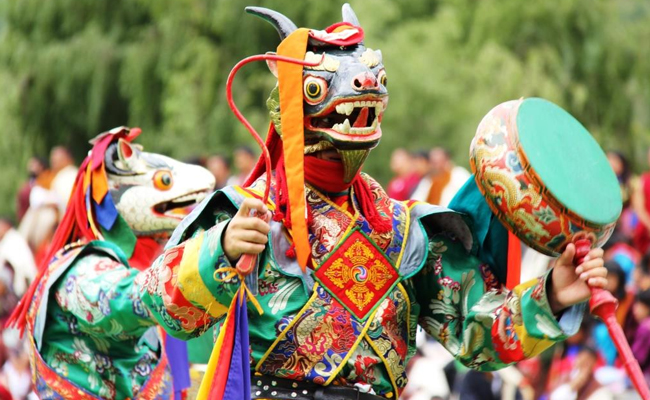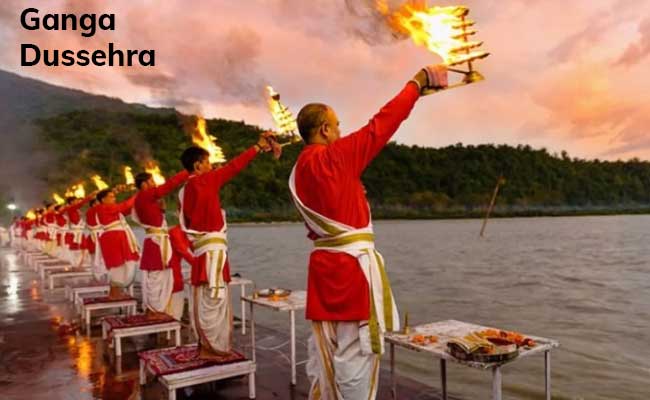TSECHUS IN BHUTAN: A COLORFUL CELEBRATION OF FAITH AND CULTURE
Bhutan, a small Himalayan kingdom known for its Gross National Happiness philosophy, is also famous for its vibrant festivals or tsechus. These annual festivals, which take place in various monasteries and temples across the country, are a time of great celebration and religious devotion. Tsechus are deeply rooted in Bhutanese culture and tradition and are an essential part of the country’s social fabric. This article explores the significance of tsechus in Bhutan and their cultural and spiritual significance.
HISTORY OF TSECHUS
The word ‘tsechu’ means the tenth day, and the festivals are held on the tenth day of the lunar month according to the Bhutanese calendar. The origin of tsechus can be traced back to the 8th century when Guru Padmasambhava, the founder of Tibetan Buddhism, visited Bhutan to spread Buddhism. The tsechus were initiated to commemorate his visit and to spread the teachings of Buddhism to the local people.
Over time, tsechus became an integral part of Bhutanese culture, and each festival has its own unique history and significance. The festivals are held in honor of Guru Rinpoche (Padmasambhava) and other Buddhist saints, and they serve as a way to purify one’s sins and accumulate merit.
CELEBRATIONS AND RITUALS
Tsechus are grand celebrations that bring together people from all walks of life. The festivals are usually held in the courtyards of monasteries and temples, and they involve colorful masked dances, music, and chanting. The dances are performed by trained monks, and each dance has a specific meaning and significance.
The main highlight of the tsechu is the cham dance, a masked dance that tells the story of the triumph of good over evil. The cham dance is performed by monks dressed in elaborate costumes and masks, and each mask represents a particular deity or character from Buddhist mythology.
Apart from the cham dance, tsechus also include other religious rituals such as prayers, offerings, and blessings. The festival is a time of great spiritual significance, and people come from far and wide to receive blessings from the monks.
SIGNIFICANCE OF TSECHUS
Tsechus are not just religious festivals, but they also have a significant cultural and social importance. The festivals provide an opportunity for people to come together and celebrate their shared cultural heritage. They are a time to forget about everyday worries and revel in the joy of the moment.
Tsechus also serve as a way to preserve Bhutan’s unique culture and tradition. The festivals are a living testament to the country’s rich cultural heritage and provide a glimpse into its past. Through the dances, songs, and rituals, the Bhutanese people can connect with their ancestors and maintain their cultural identity.
TOURISM AND ECONOMIC IMPACT
Tsechus have become a major tourist attraction in Bhutan, and many tourists visit the country during the festival season. The festivals provide an opportunity for visitors to experience Bhutanese culture and tradition firsthand and to witness the country’s unique way of life.
The tourism industry has had a significant economic impact on Bhutan, and the revenue generated from tourism has helped to fund various development projects in the country. The festivals have also provided employment opportunities for local people, such as hotel staff, tour guides, and vendors.
CONCLUSION
Tsechus are a unique and colorful celebration of Bhutanese faith and culture. The festivals serve as a way to purify sins, accumulate merit, and connect with the country’s rich cultural heritage.
![]()





